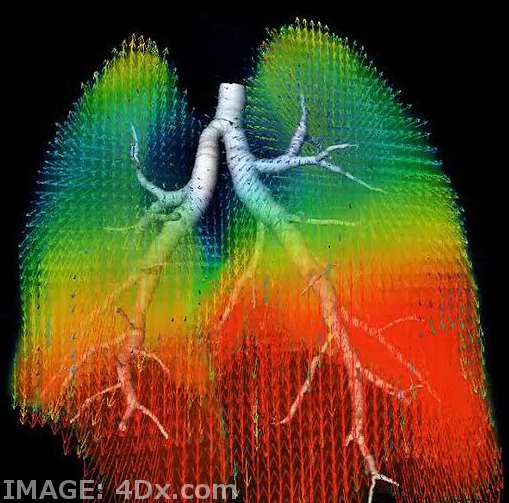China spike watched
 Rising respiratory illnesses in China have sparked a WHO inquiry.
Rising respiratory illnesses in China have sparked a WHO inquiry.
China is seeing an upswing in respiratory illnesses, including reported pneumonia clusters in children, prompting the World Health Organization (WHO) to officially request detailed information from the country.
Chinese authorities attribute the surge to the relaxation of COVID-19 restrictions and the circulation of familiar pathogens.
Health officials are investigating a spike in cases of an unidentified illness affecting children, leading to hospitalisations with pneumonia-like symptoms.
While the exact circumstances remain unclear, experts believe the outbreaks are likely linked to the resurgence of known respiratory pathogens following strict coronavirus lockdowns, rather than a novel infection.
The timing of the surge coincides with Beijing's battle against extreme cold temperatures, marking the first winter after stringent COVID-19 lockdowns.
This season exposes a higher population of children lacking immunity to certain viruses due to limited previous exposure.
Individuals previously infected with these pathogens may experience declining immunity over time, setting the stage for a potential surge in infections, similar to post-lockdown patterns observed in other countries.
Children affected by this pneumonia-like illness are presenting with elevated temperatures and lung inflammation, distinct from typical pneumonia symptoms.
The symptoms resemble those of flu or respiratory viruses like RSV, Influenza, and possibly Mycoplasma pneumonia. Despite the increase in cases, no deaths have been reported as of now.
While caution is warranted, there is currently no indication of a broader pandemic on the horizon.
The majority of cases are confined to children, suggesting that if a new pathogen were responsible, more adults would also be affected. However, a conclusive diagnosis awaits detailed information from Chinese authorities on the rise in respiratory illnesses and pneumonia clusters in children.
The WHO is closely monitoring data from China, indicating an increase in respiratory illnesses, including pneumonia.
While some concerns may arise, insufficient information makes it challenging to draw firm conclusions at this stage. Respiratory condition spikes occur for various reasons, including seasonal variations.
China's extended lockdown is likely to have contributed to community-acquired infections due to increased socialisation.
Experts say that preliminary data suggests no unusual patterns, with varied causes of pneumonia, including influenza, RSV, and others.
Reassuringly, there is no evidence to suggest a new COVID variant. The statement from the WHO emphasises mixed infections from various pathogens, not a novel one, likely contributing to the strain on the health system.
EPIWATCH, an early warning system, has been tracking mycoplasma outbreaks in China for weeks.
While mycoplasma typically does not cause hospital overload, the simultaneous occurrence of influenza, RSV, SARS-CoV-2, and adenovirus infections may be overwhelming hospitals.
Data from EPIWATCH indicates higher respiratory illnesses and pneumonia rates compared to the previous year.
Global SARS-CoV-2 transmission may also be linked to increased infections, as research shows the virus causes immune dysregulation that persists post-acute infection.
Reports from Taiwan suggest high antibiotic resistance to mycoplasma, potentially contributing to increased hospital admissions.







 Print
Print